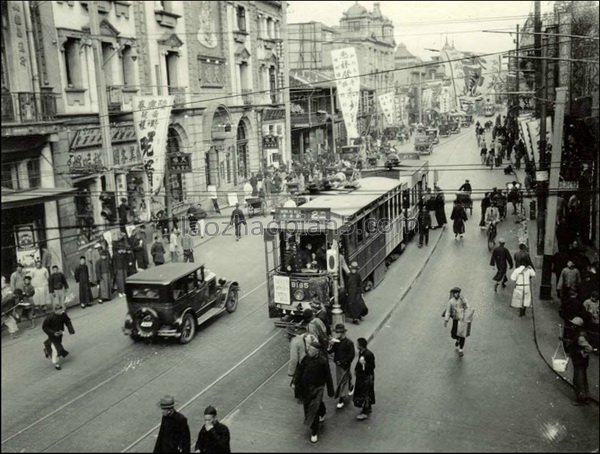[Wooden Arhat Seating Statue]
Wooden Arhat Seating Statue, the seventh year of Qingli (1047) of the Northern Song Dynasty, is 54.5 cm high
Luohan Kunshou, with a high forehead and round face, wears a monk’s clothes with the right lapel, and a long skirt with skirt folds exposed at the bottom. With bare feet, the right foot should be folded on the left leg, the left hand should hold the right foot, and the right hand should be supported behind the seat. Turn your head to the right and sit on the seat of Xumi Mountain. Stare with both eyes, as if thinking. This image has a strong flavor of life and is a typical work of the sinicization of Buddhist statues in the Song Dynasty. The statue of Arhat is carved from a whole piece of wood. A plane is left in front of the seat, and the inscription “Wu Shizhi, the disciple of Lianzhou, will keep the peace for the male plate, Ding Hai.”. “Dinghai” is the seventh year of the Qingli reign of Renzong in the Northern Song Dynasty (1047), and “Lianzhou” is now Lianxian County, Guangdong Province. This statue of Arhat was carved by Wu Shizhi, a Lianzhou native, for his son’s safe support. The figure body is painted with purple (peeling off in many places), the mouth is painted with vermilion, the skirt pleats under the clothes are peeled off in color to reveal white, and the seat is painted with earth red
This Arhat statue was found in the viscera of the Giant Buddha in the the Shakya ManiHall of Qujiang Nanhua Temple in Shaoguan, Guangzhou in October 1963. In 1964, it was handed over to the Palace Museum by the Guangzhou Cultural Bureau. At the same time, the woodcarvings of Arhat found include “Yongchong Lohan Pavilion in Shaozhou Nanhua Temple” and “One of the five hundred Arhats in Nanhua Temple made by Ba Niang with money”. It can be seen that the wooden Arhat sitting statue was one of the 500 Arhat statues in the arhat pavilion of Nanhua Temple. Luohan Pavilion was called “Arhat Tower” in the Ming Dynasty. According to records, some Arhat statues were damaged by fire before the reign of Emperor Guangxu in the Qing Dynasty. Later, they were re carved and painted. During the Republic of China, there were many attempts to steal. After the Great Monk Xuyun presided over the Nanhua Temple in Caoxi, he rebuilt the the Shakya ManiHall in 1936, and created three fifteen meter high golden Buddha statues. He hid all the wood Arhat statues that had been robbed by fire and made up, except the 19 statues enshrined in the Gongde Hall and the Sea Cucumber Pagoda, so that 500 wood Arhat statues have been preserved to this day. Among them, there are 360 Arhat statues of the Northern Song Dynasty, and more than 70 have Qingli and Dasong models of the Northern Song Dynasty. It can be proved that the Arhat Statue in the Song Dynasty in Nanhua Temple is known as the “best sculpture in the world” compared with the existing Lingyan Temple in Changqing, Shandong Province, and the painted Arhat Statue created in the reign of Zhiping in the Northern Song Dynasty is more than 20 years earlier.
![图片[1]-Wooden Arhat sitting statue-China Archive](https://chinaarchive.net/Northern Song dynasty/Sculpture/360[1024].jpg)




![[Qing Dynasty] British female painter—Elizabeth Keith, using woodblock prints to record China from the late Qing Dynasty to the early Republic of China—1915-China Archive](https://chinaarchive.net/wp-content/uploads/2022/11/image-191x300.png)
